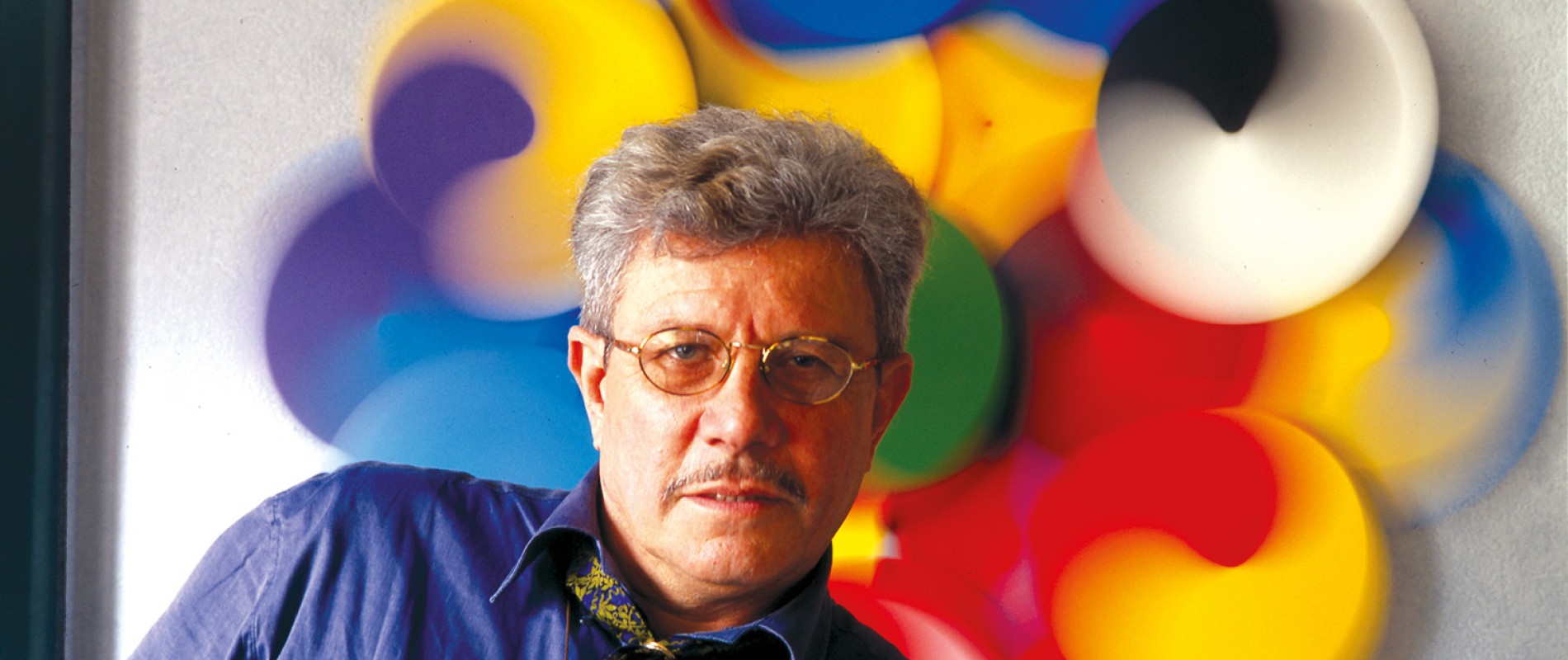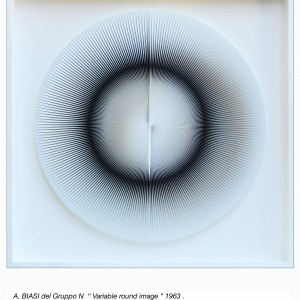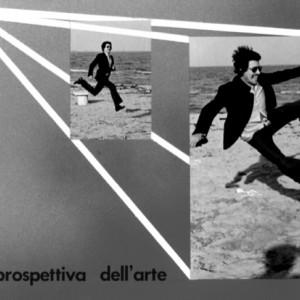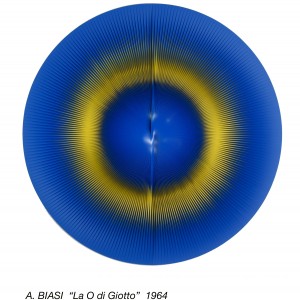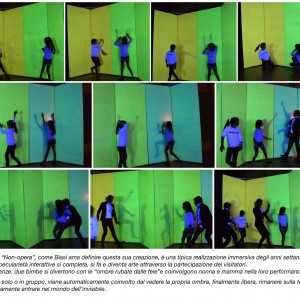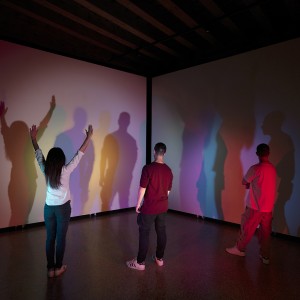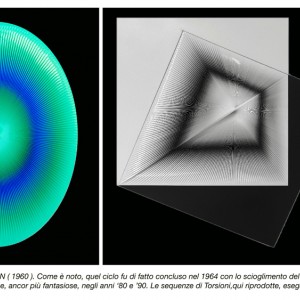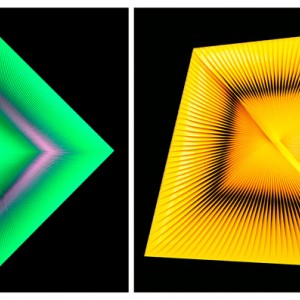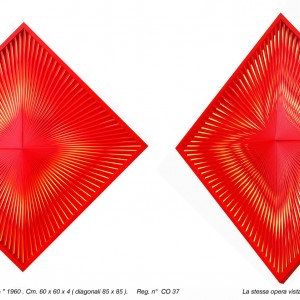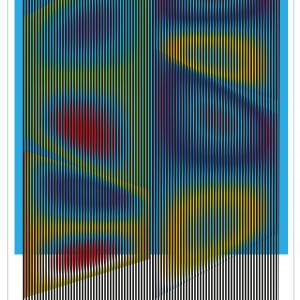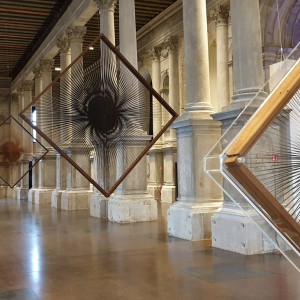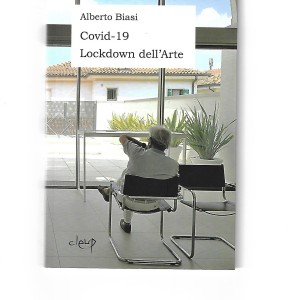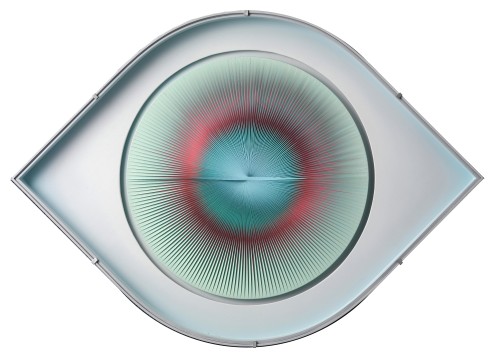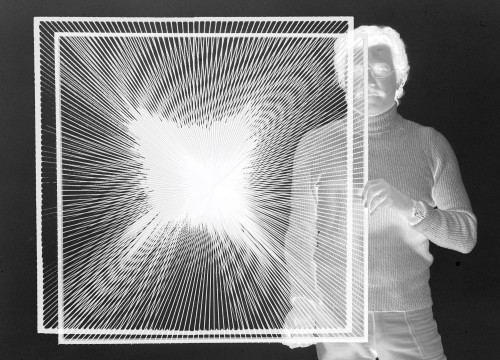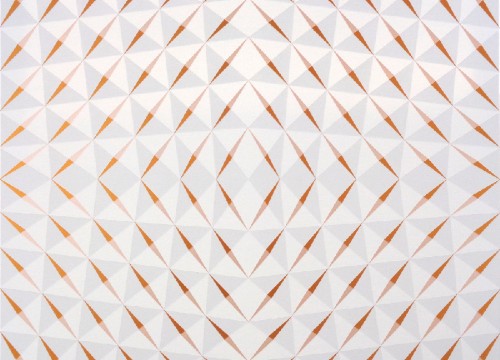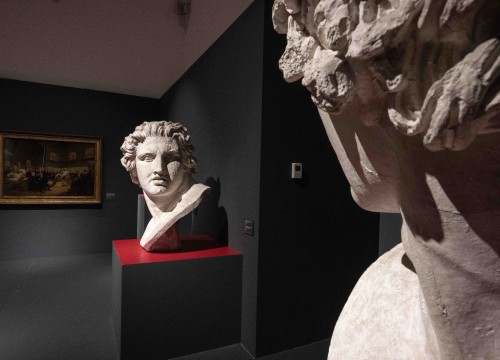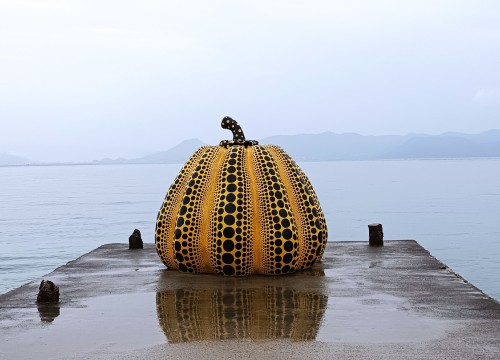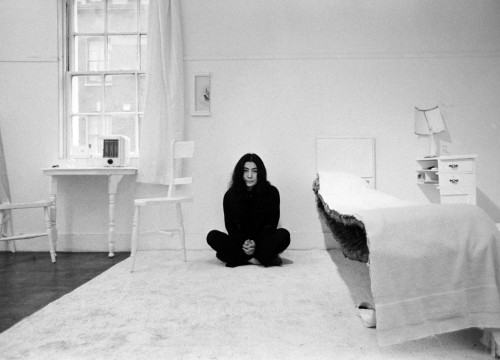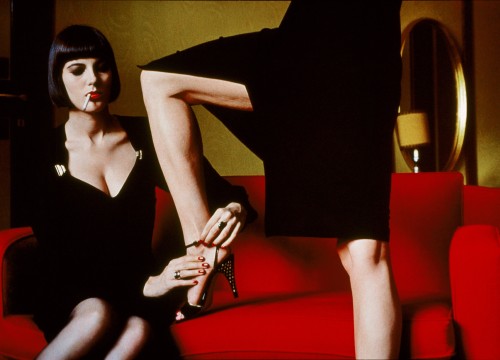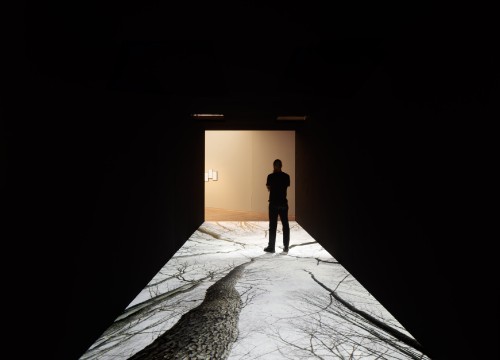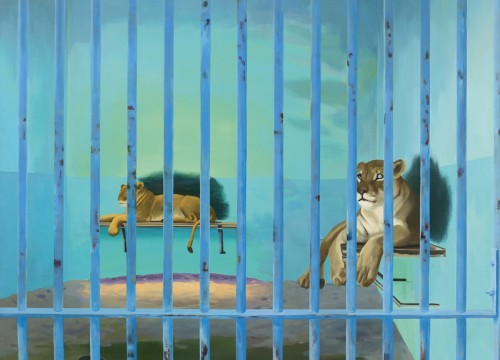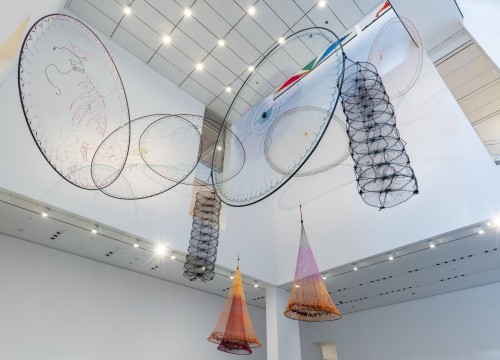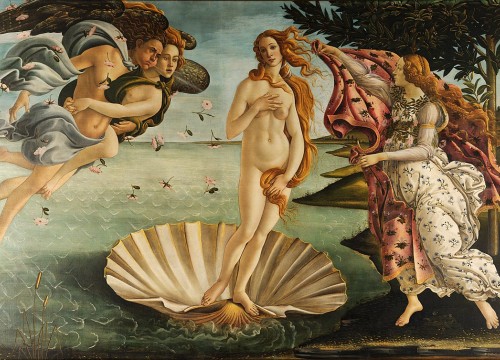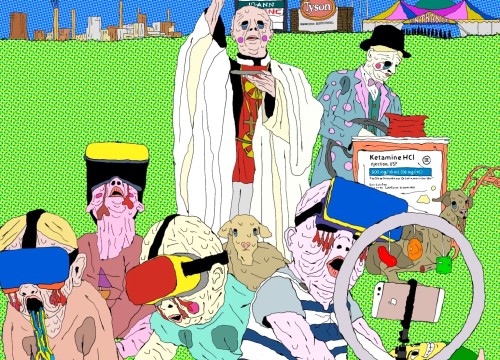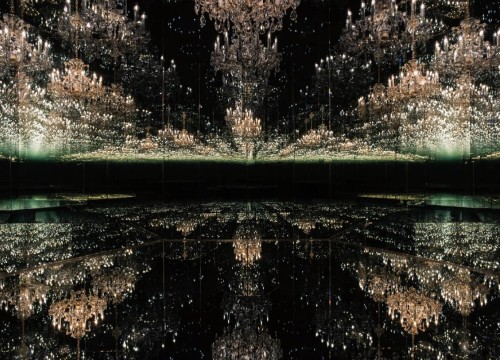In the lockdown’s deafening silence, he collects memories and thoughts. The result is a peculiar diary, rich in new points of reflection
This period of forced segregation encourages to recover the past, a thing that in an ordinary situation is often overlooked. This can be seen as a partial compensation for the lockdown or even as a precious gift it gave us. On this matter Alberto Biasi states:” I like this unexpected loneliness, in front of a large glass wall in my studio or in my archive: I like to entertain me with memories, to reflect and to tell some of them…”. So he took advantage of the present critical situation to write a diary (Alberto Biasi – Covid-19 Lockdown dell’Arte – preface by Guido Bartorelli – Cleup – Coop. Libraria Editrice Università di Padova, 2020 – 72 pages – € 14). In the book, reflections on the epidemic – that took away, among other things, people that belonged to his world (Germano Celant on the 11th of May, Nanda Vigo on the 16th of May and Christo on the first of June) – they link to memory to lead us to the first decades of 20th century, marked by the conquest of his personal artistic identity.
"Who is moving in front of the work senses images that get smaller, expand, distort, change dimension or colour"
His notes start on the 24th of March and stop the 2nd of June 2020, on Republic Day, the day of his eighty-third birthday. Biasi summons his research path in some lines he wrote on the 28th of May: “My life as an artist has been going on for 60 years. Someone says I lived three lives; the first was in 1959-1960, when I used to mess around with perforated cards, Le Trame (The Wefts); the second when, together with Manfredo Massironi and Eoardo Landi, I formed the Gruppo N (N Group) (…); the third, from 1965 onwards, when as a solo artist I totally dedicated myself to tridimensional objects, to Torsioni (Twisting), Oggetti ottico-dinamici (optical-dynamic Objects), Uniche tele (Unique Canvas), Politipi (Politypes), Assemblaggi (Assembling), and finally to Retropitture (Retropaintings), that are all artworks conceived for deceiving the movement…”.
This last note wants to point out a distinction: Biasi is referred as a “kinetic” artist, in line with the artists who use multiple schemes in order to create or foster a motoric effect. Biasi, instead, is keen to stress how he means to exclusively stimulate the perception of the individual who’s approaching the event: “He who is moving in front of the artwork, carefully looking at it, originates a dynamism and senses images that take shape, get smaller, expand, distort, change their shape, dimension or color”. Therefore it can be explained how such results are the outcome of a long process that starts from the observation of nature, the triggered surprise that has been a part of him since he was a child and that allowed him “to see the optical dynamism of the world”.
"I like this unexpected loneliness in front of a big glass wall in my studio and in my archive"
And that, once an adult, has sometimes given to him the emotion of contemplating and absorbing the harmonic moods of a solitary cloud in the sky. So Biasi’s poetry constantly unravels and feeds itself like a surprise which is still able to impress the same author once that the perspective depths and the textures suggest vanishing points and tridimensional modulation always interacting with whom gets in touch with the artwork: “This is my art, a visual art that transmits knowledge and awareness through the eyes”.

